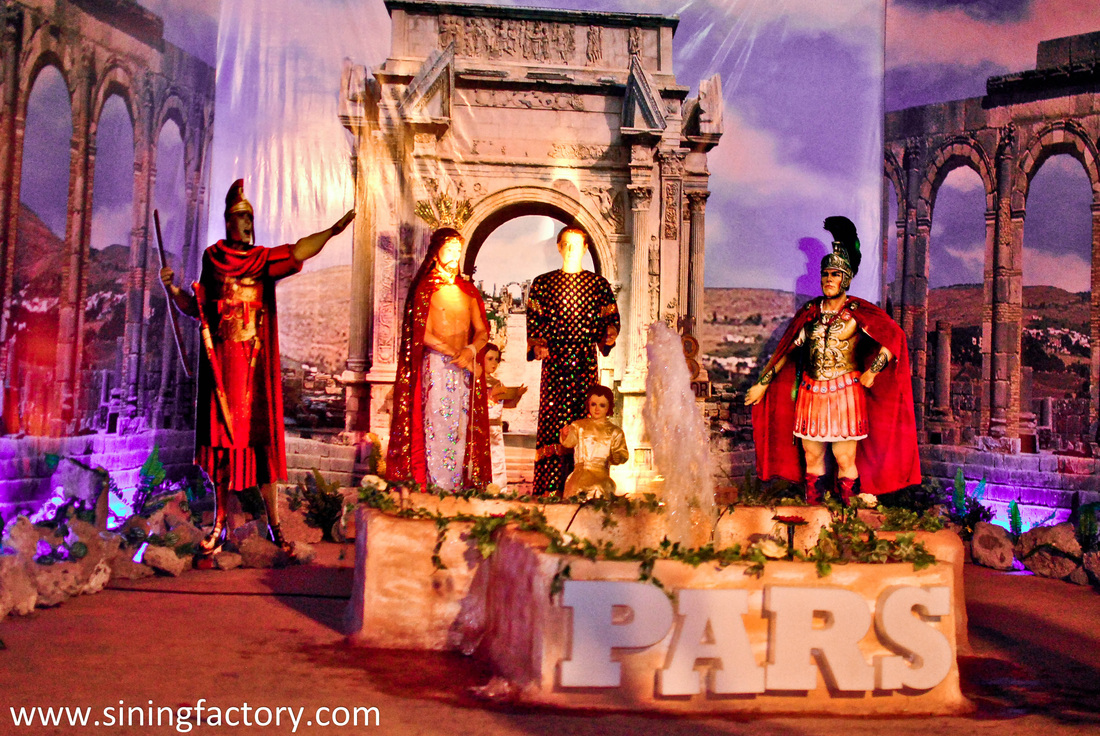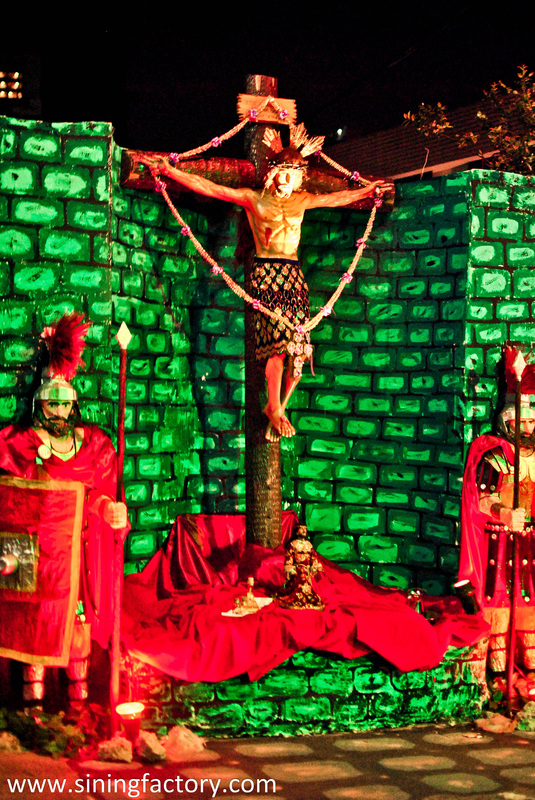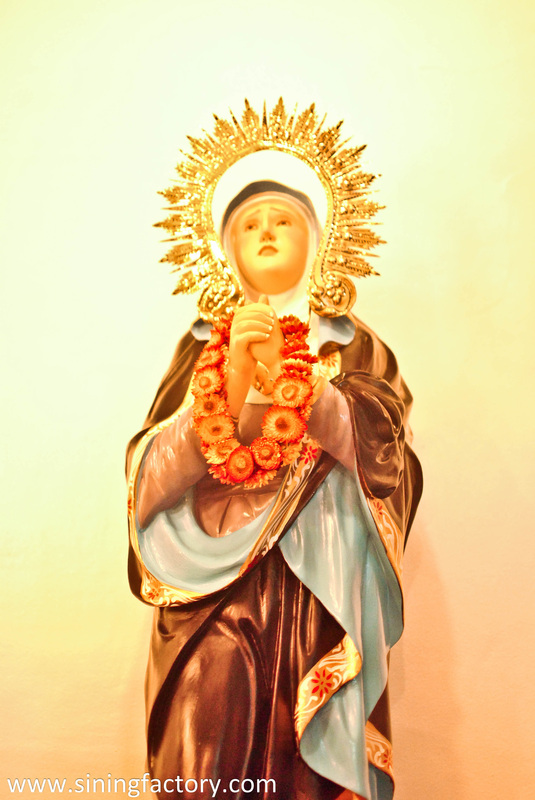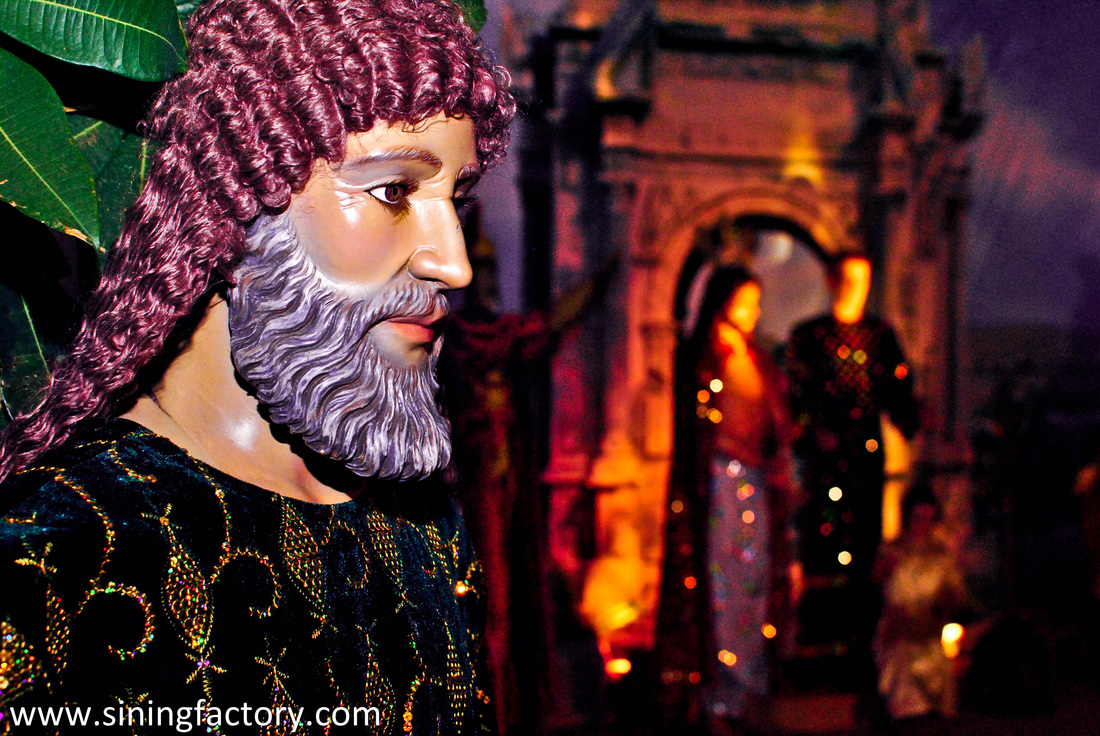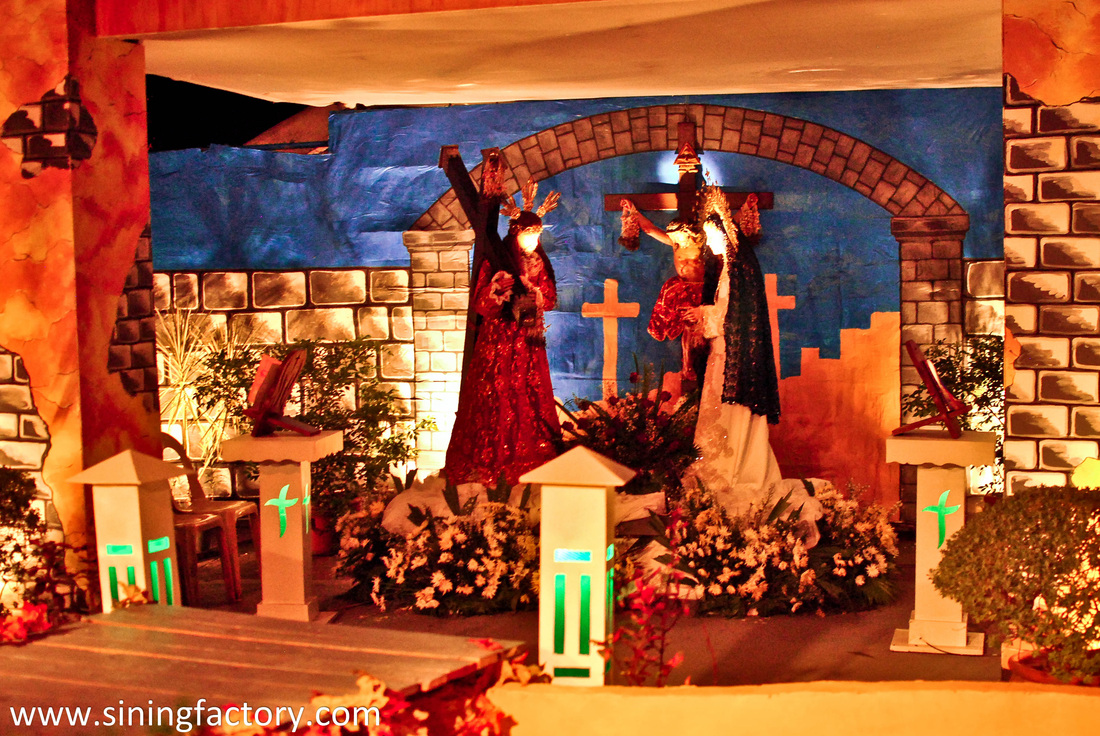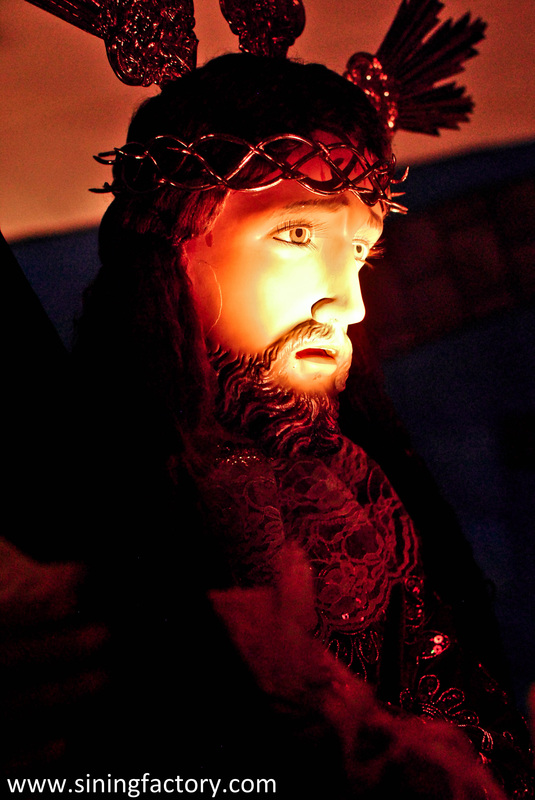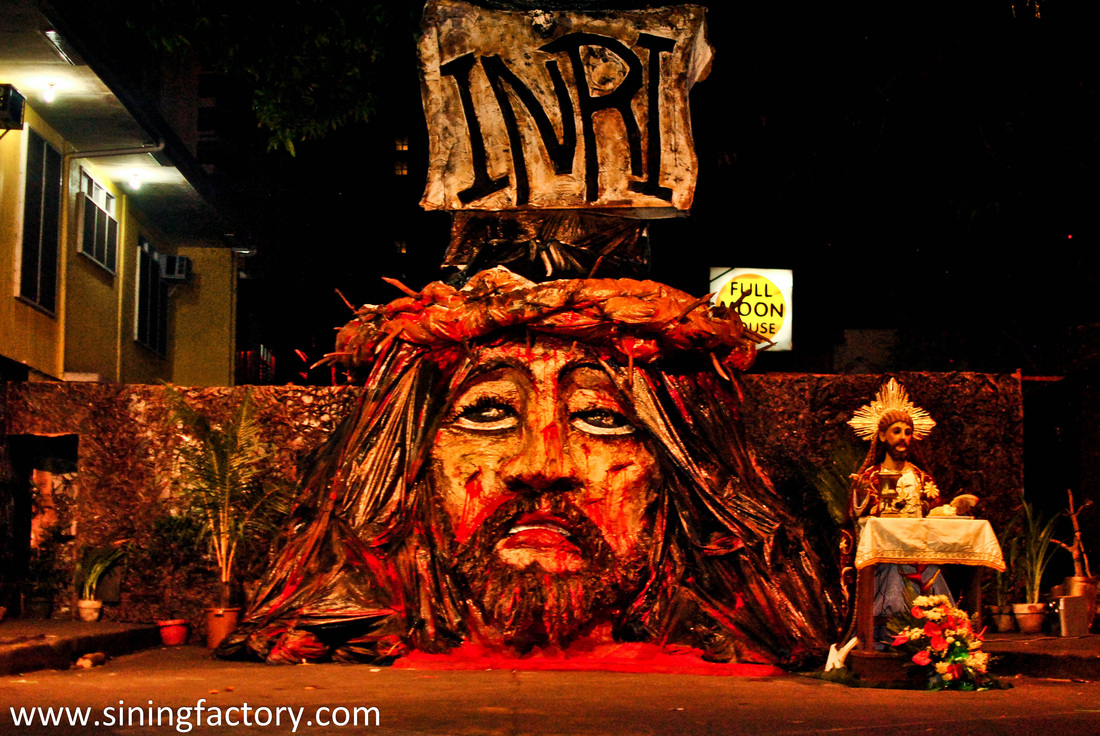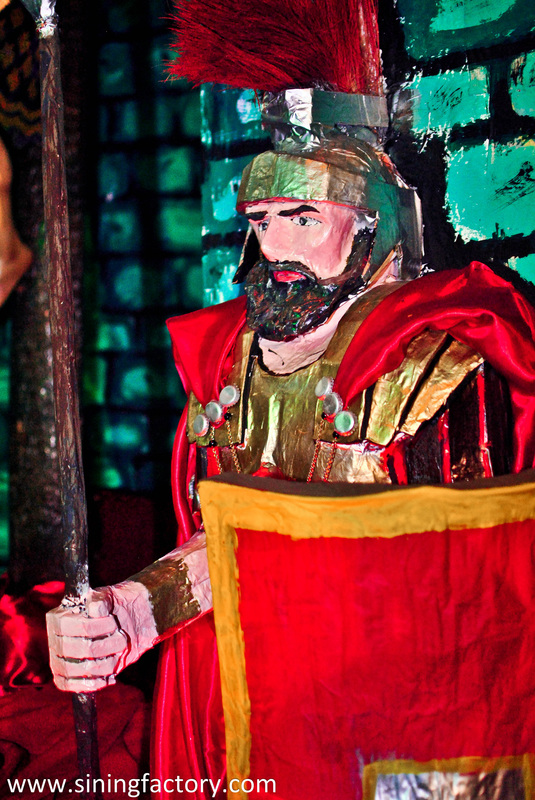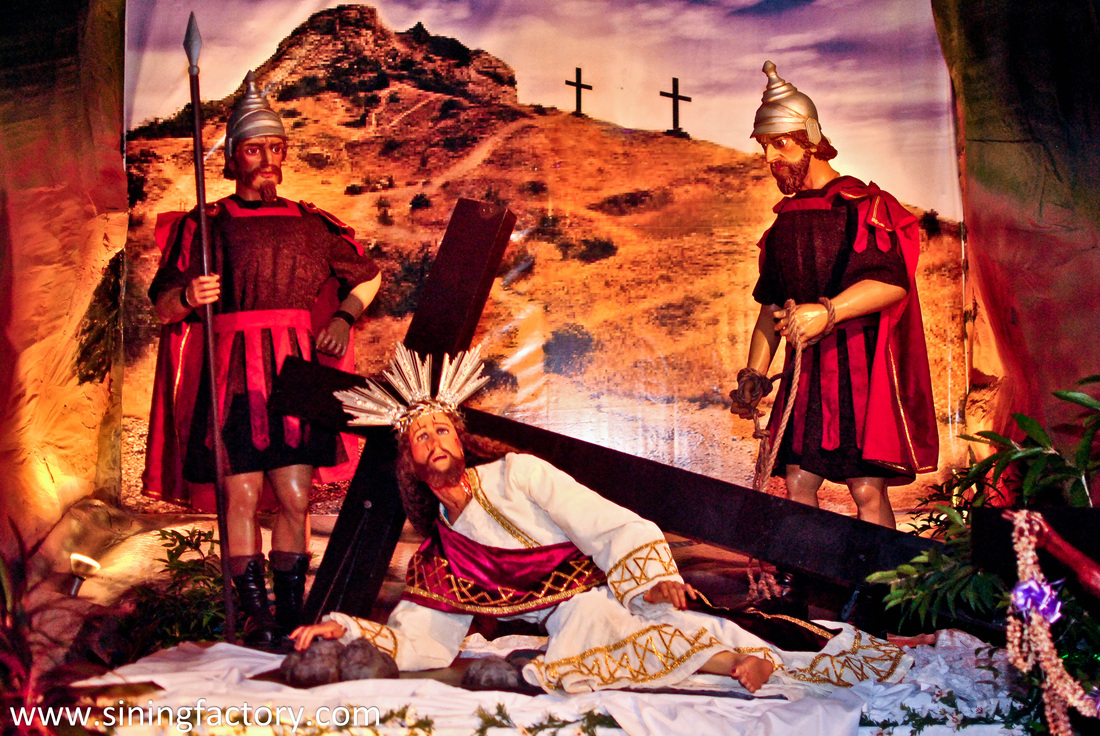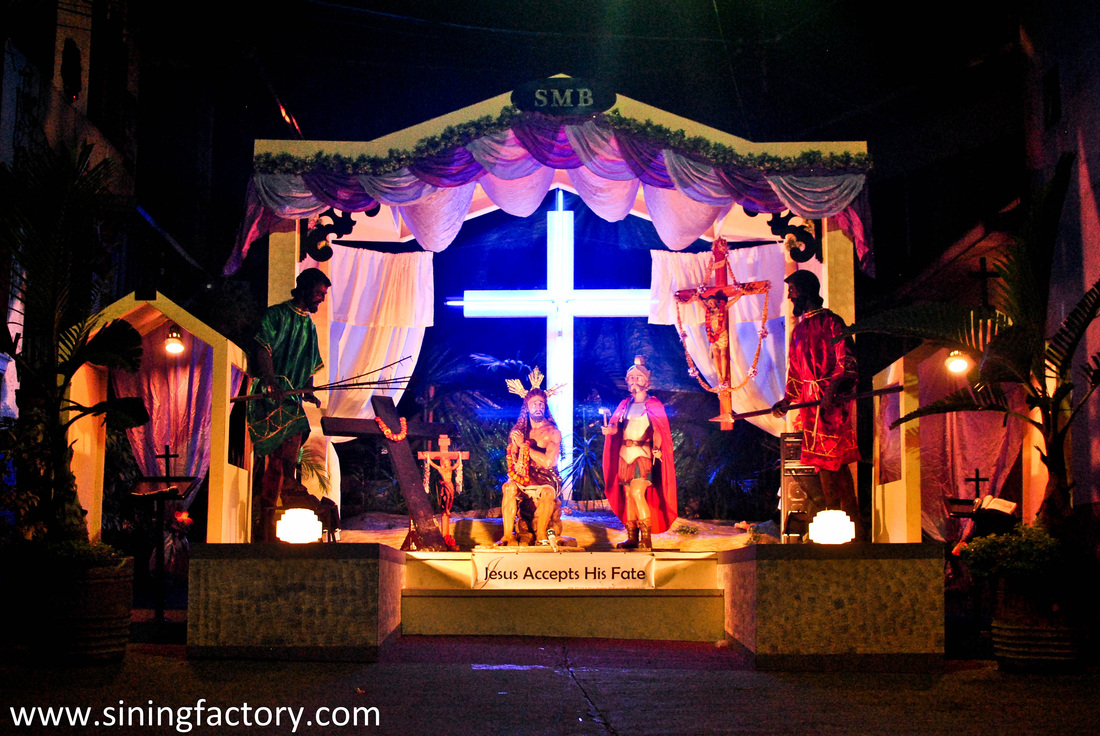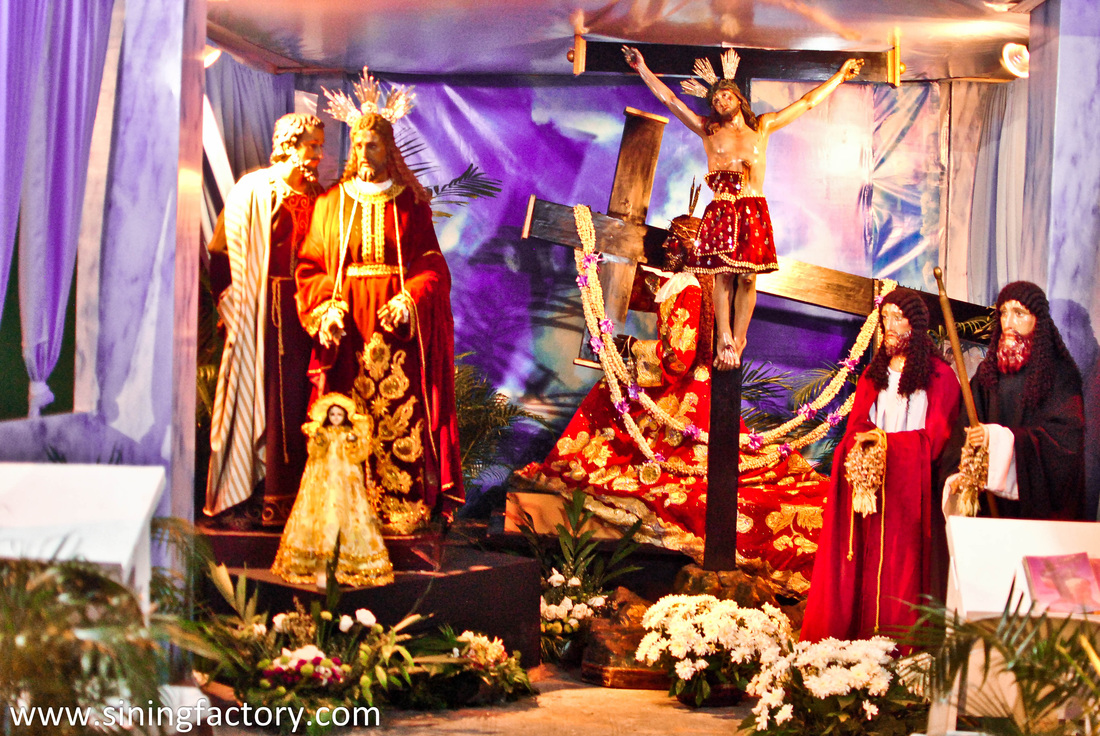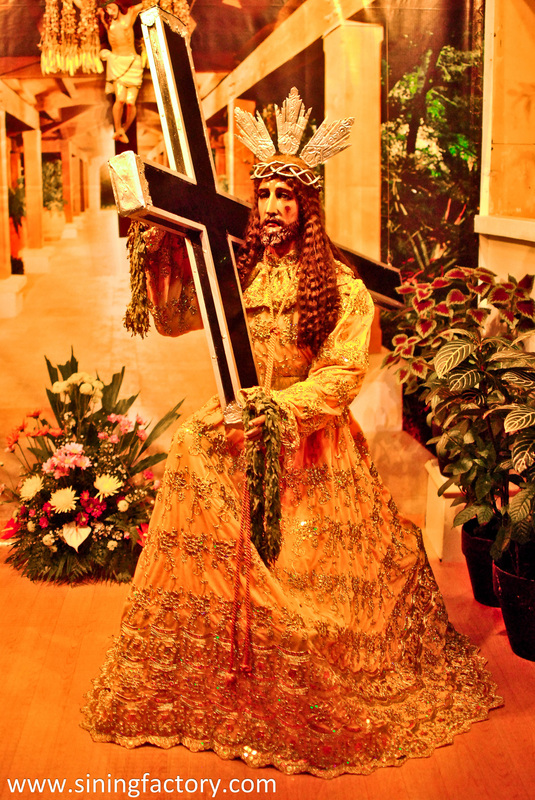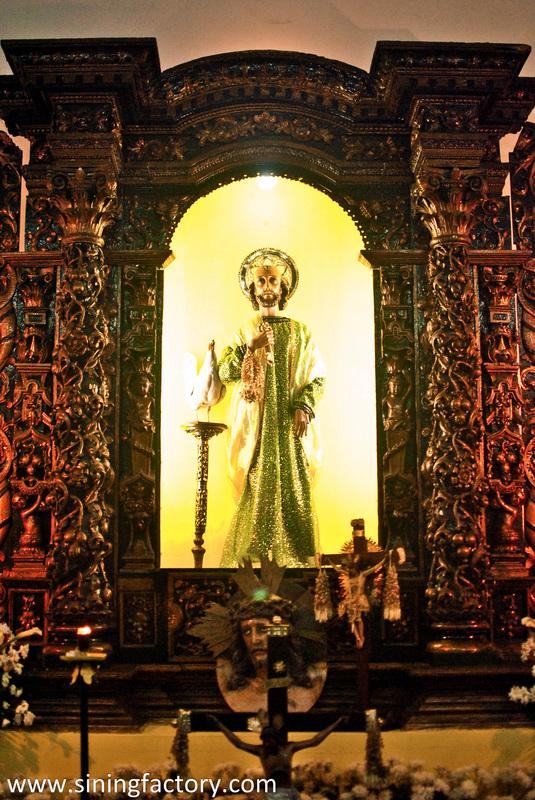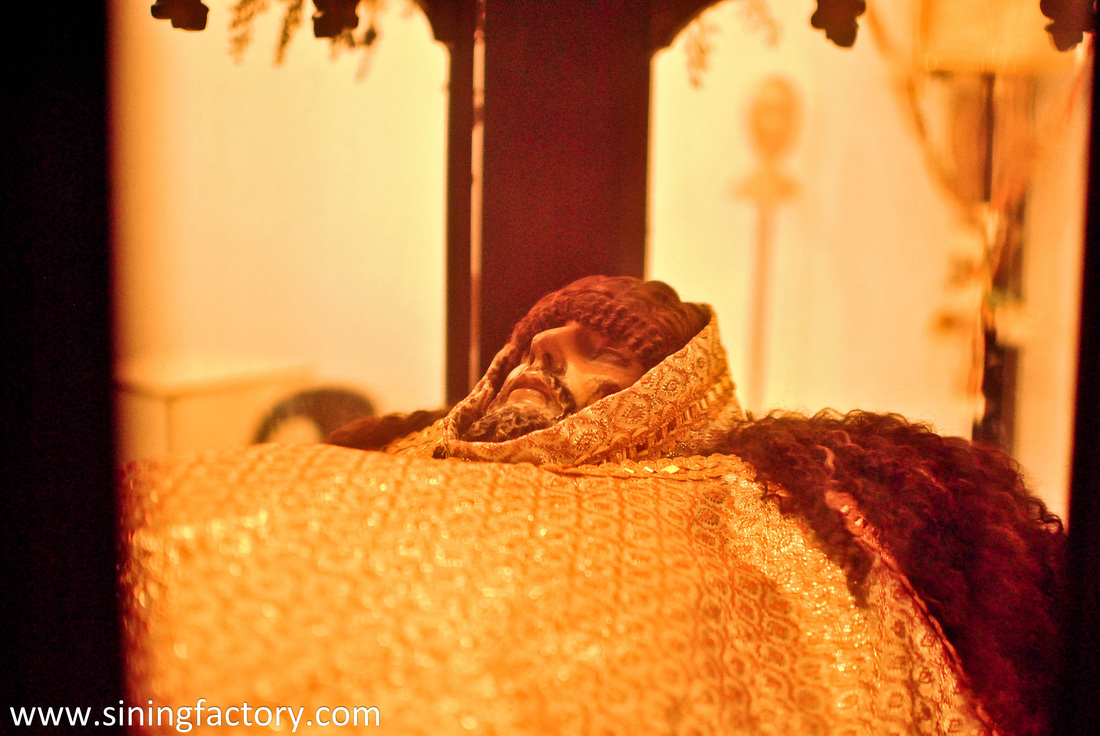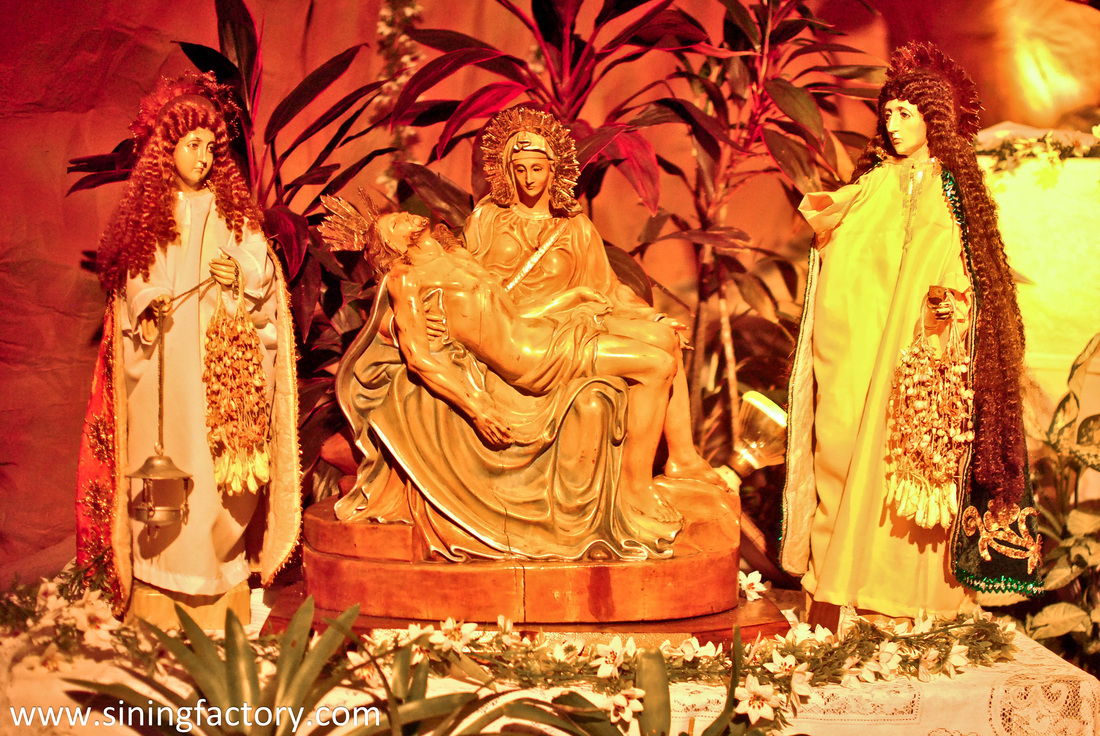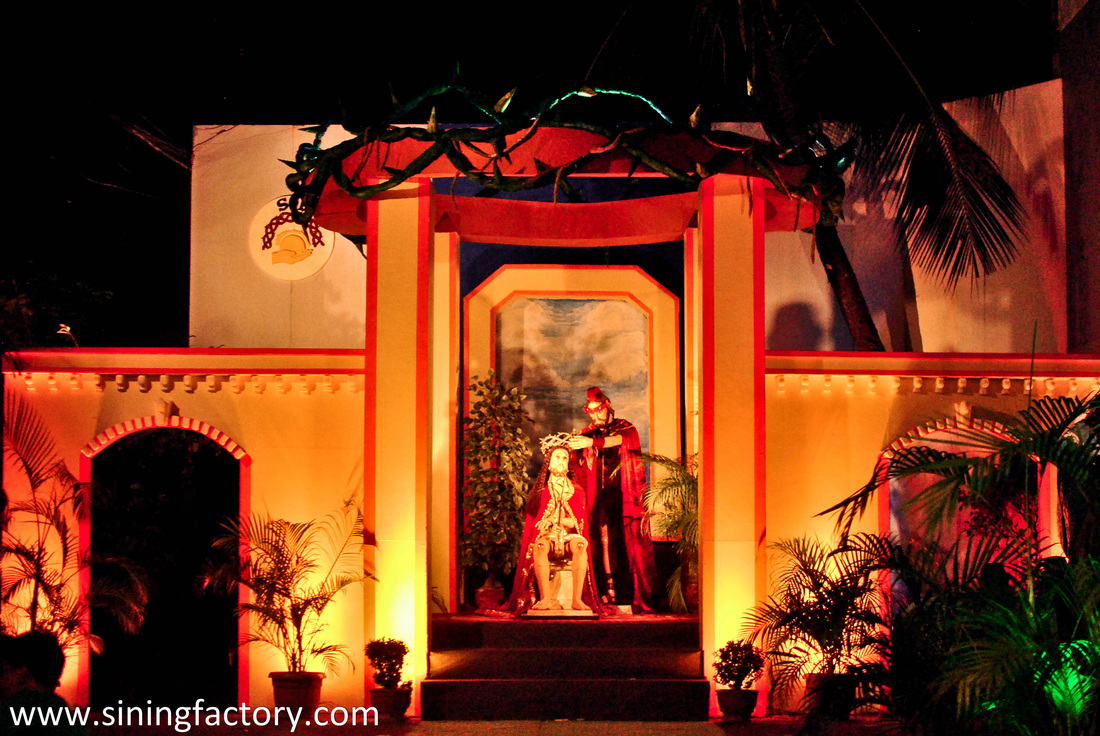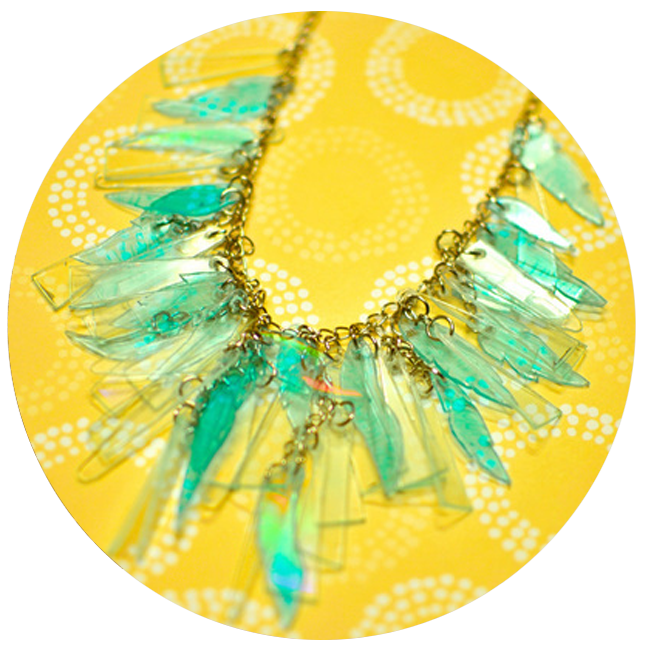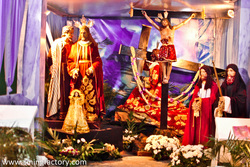
During the Holy Week, one of the famous activities of the season is visiting the Stations of the Cross. I had my camera with me to capture the beautiful stations the people of Makati made. The streets were installed of colorful lights, life-sized statues of Jesus Christ and the different Stations of the Cross. Devotees and tourists are visiting the place because of their unique observance of the Lenten Season.
The Culture
Lent is a meaningful season to Filipinos. Anticipating every year, March and April are the months of the holiest days of the year, with over two millions of people all around the world celebrates the season of Lent. Philippines is being known as a huge Christian country which Lenten Season is an important tradition to hold and being practiced in the most solemn style. Different provinces in the country celebrates it in different ways, but it has the same intention of commemorating the sacrifice and penitence of the death of the Jesus Christ.
One of the most anticipated during this season is the "Stations of the Cross." This is to commemorate the scenes of Jesus Christ sacrifices and sufferings. People usually build stations on the side of the road or Church. A priest will lead the procession while the people are chanting religious prayers and verses from the Bible.
The Art
All through out the country, all the communities participate in fashioning the streets with life-size statues and images of Jesus Christ depicting his way to Calvary. People usually come to offer prayers and commemorate the incidents of our Lord's suffering.
Aside from the religious meaning of Lenten Season, one that I am fascinated with is the creativity the Filipinos are putting into it. Holy Week is full of colors, artistry and performance. From costumes of the performers up to the displays on the side streets, color sets the mood of the season. Some exhibit were conceptualized with black color conforming a sorrow mood matching the series of the Lord's death on the cross. Another magnificent exhibit is the huge head of Jesus Christ using paper mache and recycled materials which draw a lot of attentions from the people. A big wall of 3D image of Jesus Christ also caught my eyes. Overall, the "Stations of the Cross" is a religious exhibit of what we call installation art.
The "Pabasa" which is usually done during the procession also demonstrate a form of art, the music. Through music, the people sing religious prayers and verses from the Holy Bible. In some parts of the country, "Kalbaryo" is known because of the vibrant performance of the actors in their reenactment of Jesus Christ's suffering on his way to Calvary.
I believe that art really played an important role in showcasing the meaning of Lenten Season. Art defines our rich culture and by this, people easily appreciate and learn the significance of the holiest day of the year. Art became a tool to remind us of the real reason for the season.
